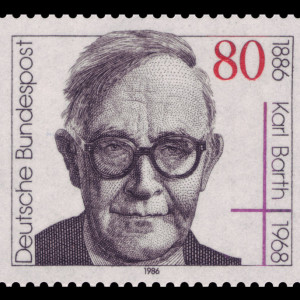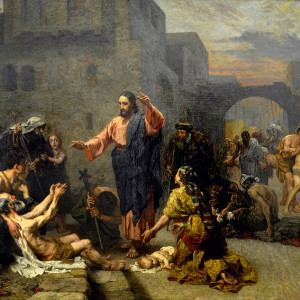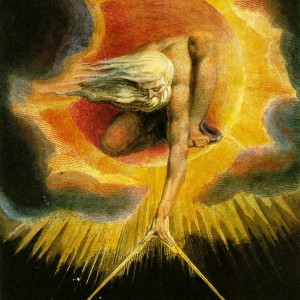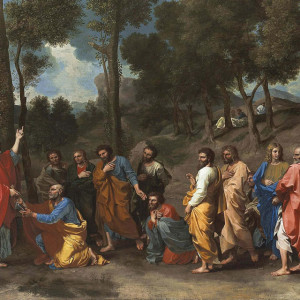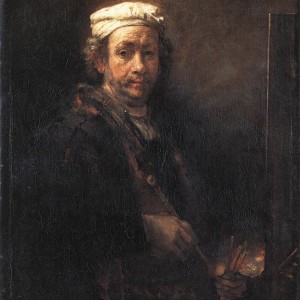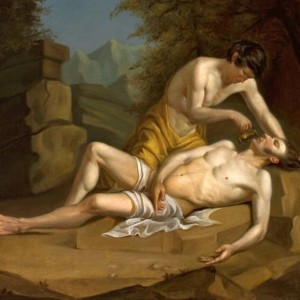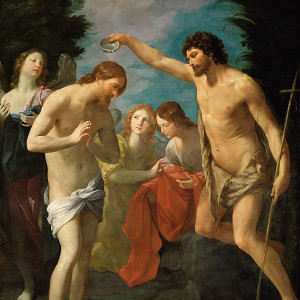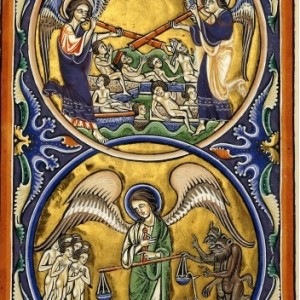Did the early Christians believe in “sola Scriptura” (Scripture alone)? Or did they also believe in Apostolic Tradition? Keith Mathison, in his book “The Shape of Sola Scriptura,” claimed that the Catholic view wasn’t found in the first centuries of the Church, and that the earliest Church Fathers believed in sola Scriptura.
Mathison’s views are thoroughly debunked by (of all people) Karl Barth, the Reformed theologian Christianity Today called “the most important theologian of the twentieth century.” And Barth capably proved the Catholic Patristic case… even though he personally believed in sola Scriptura!
